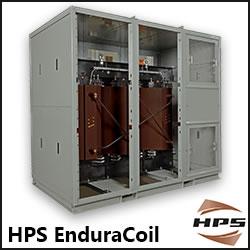The Business Case for Fuel Cells 2014: Powering the Bottom Line for Business and Communities
The new EU climate and energy proposal:
What are the consequences?
Upcoming Tradeshow, Conference & Exhibition Summary - Jan, Feb, Mar 2015
Utility of the Future
Denmark Aims for 100 Percent Renewable Energy
U.S. Department Of Energy Loan Program Breaks Even
Trina Solar Ranked No. 1 Solar Manufacturer on SVTC's 2014 Solar Scorecard
EDF EN Canada Starts Construction on the Mont-Rothery Wind Project
Solar Industry Applauds New U.S.-China GHG Agreement
Agreement with Bonneville Power Administration, U.S. Department of Energy to Conduct Demonstration Project for Grid Stabilization
Complexity of offshore consenting hampers cost reduction, says TUV SUD PMSS
Photon Energy N.V.: Communication infrastructure leading the charge for renewable energy in Australia
SEIA Embraces Efforts to Double Renewables Worldwide by 2030
Genera Energy Named to Biofuels Digest Hot 40 List
INTERSOLAR EUROPE 2015: THE INFORMATION AND STRATEGY PLATFORM FOR THE SOLAR INDUSTRY
Records 6391 to 6405 of 24423
First | Previous | Next | Last
Featured Product

